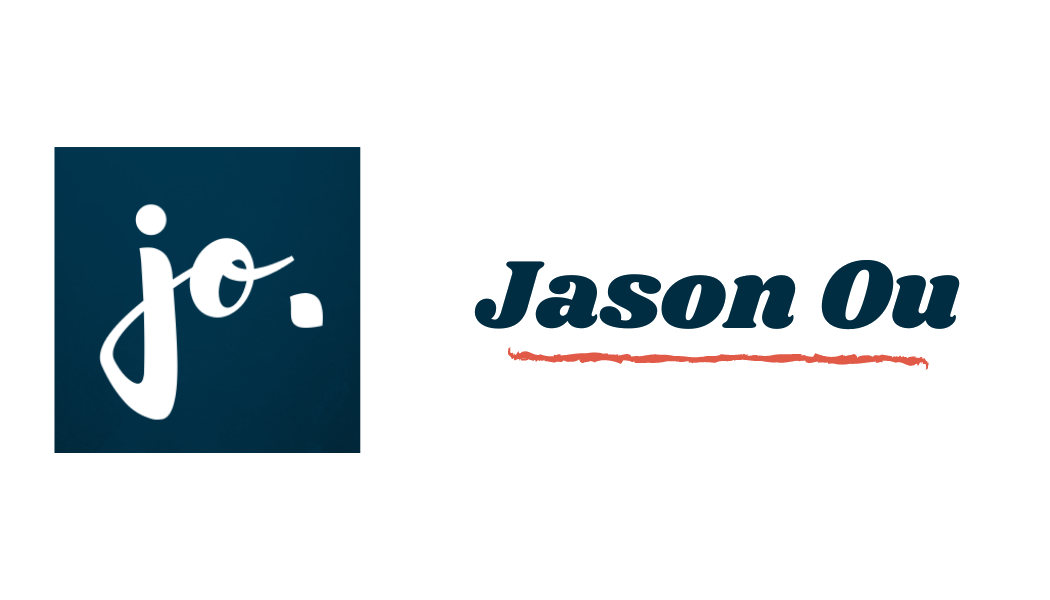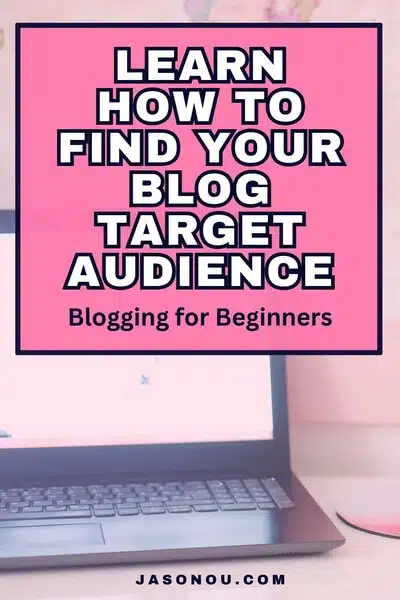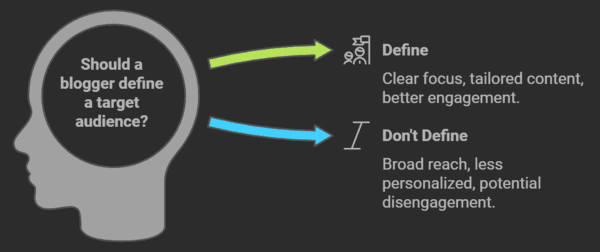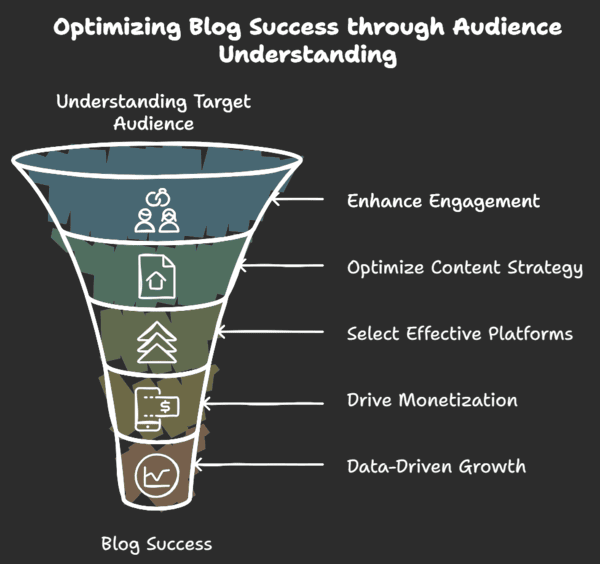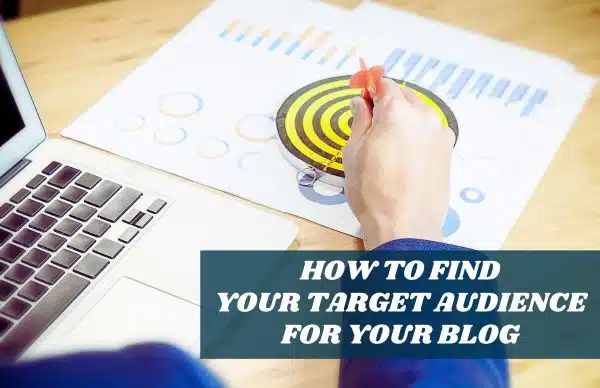You’re pouring hours into posts, but the comments section stays empty and your subscriber count barely moves. Sound familiar?
Here’s the good news. You don’t need fancy tools or complicated strategies.
You just need to start with a small group who actually needs what you share.
Let me show you exactly how to find these perfect readers who’ll keep coming back for more.
Key Takeaways
- If you want people to read your blog, you need to know who you’re writing for!
- When you know who your audience is, you can create blog posts they’ll actually want to read! This means more people will visit your blog, share your posts, and keep coming back for more.
- Facebook groups, Pinterest, Quora and even Reddit can be great places to find people interested in the same things you are. Look at what people are talking about, what questions they’re asking, and what posts get the most attention.
- Pay attention to the comments on other blogs in your niche. What are people asking? What problems are they trying to solve? This can give you great ideas for what to write about on your own blog.
- Finding your target audience isn’t just about getting more readers. It’s about building a community of people who genuinely care about what you have to say
What is a Blog Target Audience
These are the people who will appreciate and enjoy your posts the most.
That’s why, no matter what direction you take with your blog, always keep this audience front and center in your plans.
Save/Pin the image below👇because I often update my posts. So stay informed with this blog “How to Find Your Blog Target Audience” and save it.
Core Definition
A blog target audience represents the readers who:
- Share common interests with your blog topics
- Face specific problems your content solves
- Have similar demographic characteristics
- Engage regularly with your type of content
The data shows that 77% of internet users actively read blogs, with the most engaged readers falling between ages 18-34.
Types of Blog Audiences
Your blog might attract different types of readers:
Demographics
- Age groups
- Location
- Gender identity
- Education level
Psychographics
- Values and beliefs
- Interests and hobbies
- Lifestyle choices
- Personal goals
Why Audience Targeting Matters
Here’s what the numbers tell us:
- Mobile devices generate 63% of organic search traffic
- The average reader spends 52 seconds on a blog post
- Articles with images receive 94% more views
Know your blog target audience, and you’ll stop writing for everyone and start writing for someone who cares.
Essential Blog Audience Research Methods
As Seth puts it rightly in the video – “Who exactly am I here for?”
Below are proven ways to find your perfect readers.
Digital Analytics Approach
The numbers don’t lie. Google Analytics shows that mobile devices generate 63% of organic search traffic, and the average reader spends 52 seconds on a blog post.
Here’s how to use social media marketing tips for beginners to find your audience:
Google Analytics Insights
- Track visitor demographics and locations
- Monitor which content gets the most engagement
- Analyze user behavior flow through your site
Social Media Analytics
- Use Facebook Insights for detailed age and interest data
- Monitor Instagram Stories for direct audience feedback
- Track engagement patterns across different platforms
Competitive Analysis
Study the winners to become one.
Learn your competitors strategies by reverse engineering and then breaking down your competition’s success:
Content Gap Analysis
- Identify topics your competitors aren’t covering
- Find questions their readers are asking in comments
- Look for trending topics in your niche
Surveys and Direct Feedback
Nothing beats hearing directly from your readers. The data shows that 21% of consumers follow brands because their values align. Here’s how to gather feedback:
Survey Implementation
- Create short, focused questionnaires
- Ask specific questions about content preferences
- Use tools like Google Forms or SurveyMonkey
Comment Analysis
- Monitor blog comments for common questions
- Track social media discussions
- Engage in relevant online forums
Mix these research methods with proven content marketing ideas, and you’ll find readers who actually need what you share.
How to Identify Target Audience for Blog?
Think of finding your target audience like being a detective. You need to follow the digital breadcrumbs where your ideal readers hang out.
Let’s look at a couple of ways to find a target audience.
Social Media Exploration
The numbers don’t lie. People spend an average of 151 minutes daily on social platforms. Here’s how to find your perfect readers:
Facebook Groups Strategy
- Join 3-5 active groups in your niche
- Track common questions and pain points shared
- Note which posts get the most engagement
- Study the language your potential readers use
Pinterest Research Approach
- Create boards matching your blog topics
- Follow popular pinners in your niche
- Track which pins get the most saves
- Use the search bar to find trending keywords in your niche
Online Forums and Communities
Just like Seth Godin says, “Start with a small group who really needs what you offer.” When you start blogging for beginners, these community insights become gold:
Reddit Communities
- Find subreddits related to your blog topic
- Pay attention to frequently asked questions
- Note which posts get the most upvotes
- Track common frustrations and challenges
Quora Insights
- Follow topics related to your niche
- Study questions with high follower counts
- Look at the most viewed answers
- Track recurring themes in discussions
Blog Comment Analysis
Comments are direct feedback from your target audience. By choosing a profitable blog niche, you’ll know exactly what to look for:
- Questions readers ask repeatedly
- Problems they’re trying to solve
- Language and terms they use naturally
- Topics they request more information about
Understanding where your blog target audience hangs out online isn’t just about finding readers – it’s about building a community that grows naturally.
Here’s what makes this so powerful: 77% of readers stick with blogs they trust. That’s a lot of people waiting to connect with your content.
Creating Your Blog Audience Persona
Want to know why most bloggers fail to connect with their readers? They skip the most crucial step – creating a solid audience persona.
According to HubSpot’s State of Marketing Report 2024, companies with clear audience personas generate 67% more leads.
Demographic Characteristics
Pew Research’s 2024 Digital Media Study shows these key traits about blog readers.
By understanding these traits, you’ll know exactly where to find your perfect readers and how to speak their language:
Basic Demographics
- Age range (most engaged readers aged 18-34)
- Location and time zones
- Income levels and spending habits
- Education and career paths
Building a successful blog starts with understanding your target readers.
Reader Pain Points
SEMrush’s Content Marketing Study 2024 reveals what keeps your readers up at night.
These pain points are your golden tickets. They’re the problems your blog can solve and the value you can provide:
Common Challenges
- Time management struggles
- Information overload
- Technical difficulties
- Budget constraints
Content Preferences
BuzzSumo’s Content Trends Report 2024 shows these content types get the most engagement. The secret sauce?
Your readers want specific types of content that match how they learn and consume information:
- How-to guides (34% higher engagement)
- Problem-solving posts
- Step-by-step tutorials
- Quick tips and hacks
Buying Behavior
Content Marketing Institute’s Research reveals how blog readers make decisions.
Understanding this buying cycle helps you create content that meets readers at every stage of their journey:
Purchase Patterns
- Research phase length
- Price sensitivity levels
- Brand loyalty factors
- Decision-making triggers
When you nail your blog target audience through clear personas, your content hits harder and converts better.
The numbers back this up – blogs with defined audience personas see 67% more leads and 434% more indexed pages.
That’s not just data. That’s real readers turning into real results.
Validating Your Blog Target Audience
Want to know the secret sauce to blogging success? It’s making sure you’re actually reaching the right people.
Let’s break down how to validate your blog target audience using proven methods that work.
Survey Implementation
Your readers hold the answers you need. Think of surveys as your direct line to understanding what makes your audience tick.
Their hopes, fears, and daily struggles.
When you know these, you can create content that feels like it’s written just for them:
Survey Creation Tips
- Keep questions under 5 minutes to complete
- Mix multiple choice with open-ended questions
- Focus on pain points and goals
- Include demographic validation checks
Engagement Metrics Analysis
Numbers tell stories about your audience. These metrics aren’t just data points – they’re breadcrumbs leading you to what your readers truly value and where they spend most of their time:
Key Performance Indicators
- Average time on page (aim for 3+ minutes)
- Social share rates (benchmark against your niche)
- Comment engagement levels
- Email subscription growth rates
Content Testing Strategies
A/B testing is like running a taste test between two ice cream flavors.
You create two versions of your content – maybe different headlines, images, or layouts.
And show them to different groups of readers.
Then you watch which one they like better.
For example, you might test “10 Ways to Start Blogging” versus “How I Started Blogging in 2024” to see which headline gets more clicks.
It’s a simple way to let your audience tell you exactly what they prefer.
When you think about it.
It’s like having a crystal ball that reveals exactly which content formats, topics, and styles make your readers stop scrolling and start reading.
Testing Elements
- Headline variations
- Content formats
- Call-to-action placement
- Content length
Feedback Collection Methods
Direct feedback builds stronger connections. Think of it as having coffee with your readers – the more you listen, the better you understand what they need:
Collection Channels
- Blog comments section
- Social media polls
- Email surveys
- Direct messages
When you nail your blog target audience validation, something magical happens.
Your content starts working harder for you.
The proof?
Blogs that regularly validate their audience see 67% higher conversion rates and 434% more indexed pages. That’s real growth from real understanding.
Implementing Target Audience Insights
Ready to Learn How to Start a Thriving WordPress Blog? Click Here Now
Ready to turn all that audience research into real results? Here’s the part where your blog target audience knowledge starts making money.
According to BuzzSumo’s Content Trends Report 2024, blogs that implement audience insights see 3x higher engagement rates.
Content Strategy Alignment
Your content needs to speak directly to your readers’ needs. Looking at how to write your first blog post, focus on these proven content types:
Strategic Content Mix
- Problem-solving tutorials
- Expert interviews
- Case studies with real results
- Behind-the-scenes insights
- Quick-win actionable tips
Platform Selection
Different platforms attract different audiences. Start tracking your metrics using Google Analytics to see where your readers come from:
Channel Performance
- Blog posts (67% higher engagement)
- Email newsletters
- Social media content
- Community forums
- Video content
Monetization Opportunities
Understanding your blog target audience helps you choose the right money-making methods:
Revenue Streams
- Digital products they need
- Services that solve problems
- Affiliate products they trust
- Coaching programs
- Online courses
Measuring Success Metrics
Track these key performance indicators using tools like Google Analytics:
Key Metrics
- Time on page
- Social shares
- Email signups
- Comment engagement
- Conversion rates
When you write for your exact blog target audience, the right readers find you naturally.
Real blogs using these methods see big results: 434% more indexed pages and 94% higher engagement rates.
That’s the power of knowing exactly who you’re writing for.
How to Find Blog Target Audience in 2025– The Wrap
Finding your blog target audience isn’t just about numbers and analytics. It’s about connecting with real people who need what you share.
Seth Godin nails it when he says, “Start with a small group who really needs what you do and will pay money to have this problem solved.”
Looking at the journey we’ve covered:
Key Takeaways
- Know your readers’ demographics and pain points
- Use data to validate your audience assumptions
- Create content that speaks directly to their needs
- Test and measure what works
The stats back this up:
- 77% of internet users actively read blog
- Articles with images get 94% more views
- Blogs with clear target audiences see 67% more leads
Want to turn these insights into action?
Start by creating valuable content that solves specific problems. Then use proven blogging practices to reach the right readers.
Remember – you don’t need everyone to read your blog.
You just need the right people who truly value what you offer.
Focus on serving them well, and watch your blog grow naturally from there.
Finding your blog target audience is an ongoing journey.
Keep testing, keep learning, and most importantly, keep listening to your readers.
That’s how you build a blog that not only attracts readers but keeps them coming back for more.
Success in blogging comes down to one thing: knowing how to find your blog target audience and serving them exceptionally well.
Ready to Learn How to Start a Thriving Blog? Click Here Now
Disclosure: This post may contain affiliate links, which means I’ll receive a commission if you purchase through my links, at no extra cost to you. Please read full disclosure for more information.
You Might Want to Check This Out Too
Resources To Grow Your Business With
Pinteresting
Struggling to get traffic from Pinterest? Pinteresting Strategies 2025 by Carly Campbell reveals a manual pinning method that works—even with algorithm changes.
This course walks you through step-by-step strategies to pin effectively, increase engagement, and grow your blog without relying on expensive schedulers.
Carly has used this exact system to bring in 100,000+ page views in just months, and now she’s sharing it with you.
Stop guessing and start seeing real results today!
Bluehost
Bluehost is a great starting point for beginners or bloggers who want to switch to a reliable web hosting service. And it gives you the best bang for your buck - starting at $2.95 a month*.
With the entry-level hosting plan, you'll get a high up-time, reliable customer support, FREE domain name (first year) and 30 day money back guarantee.
You can sign up with Bluehost here.
WPX Hosting
It's a web-hosting service I love using. It specializes in WordPress hosting, and depending on what package you opt for, you can host 5 or more sites on one account. The best bit is - the quick turnaround in support is top notch.
For bloggers who have an established blog, this is a fantastic option.
You can learn more about this service here.
Aweber
Building an email list of a growing audience is essential for the longevity of any business. This autoresponder service is easy to use, and it is a great starting point for someone looking to kickstart their email campaign.
Hi, I’m Jason Ou (surname aka, Oh). I am a Solopreneur and Blogger. My mission is to help fellow entrepreneurs (like you) to profit from their passion online. Let’s connect on Facebook now.
